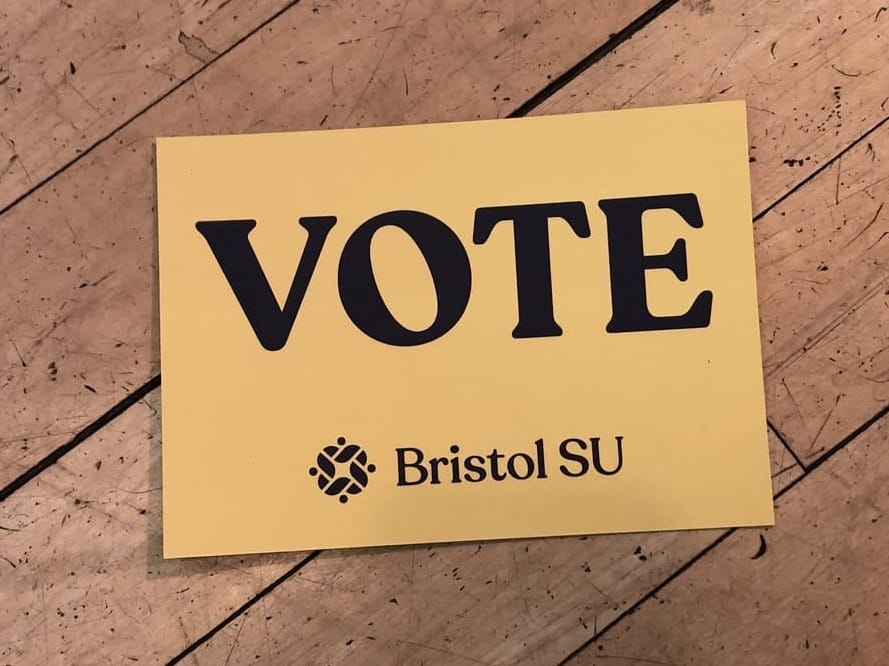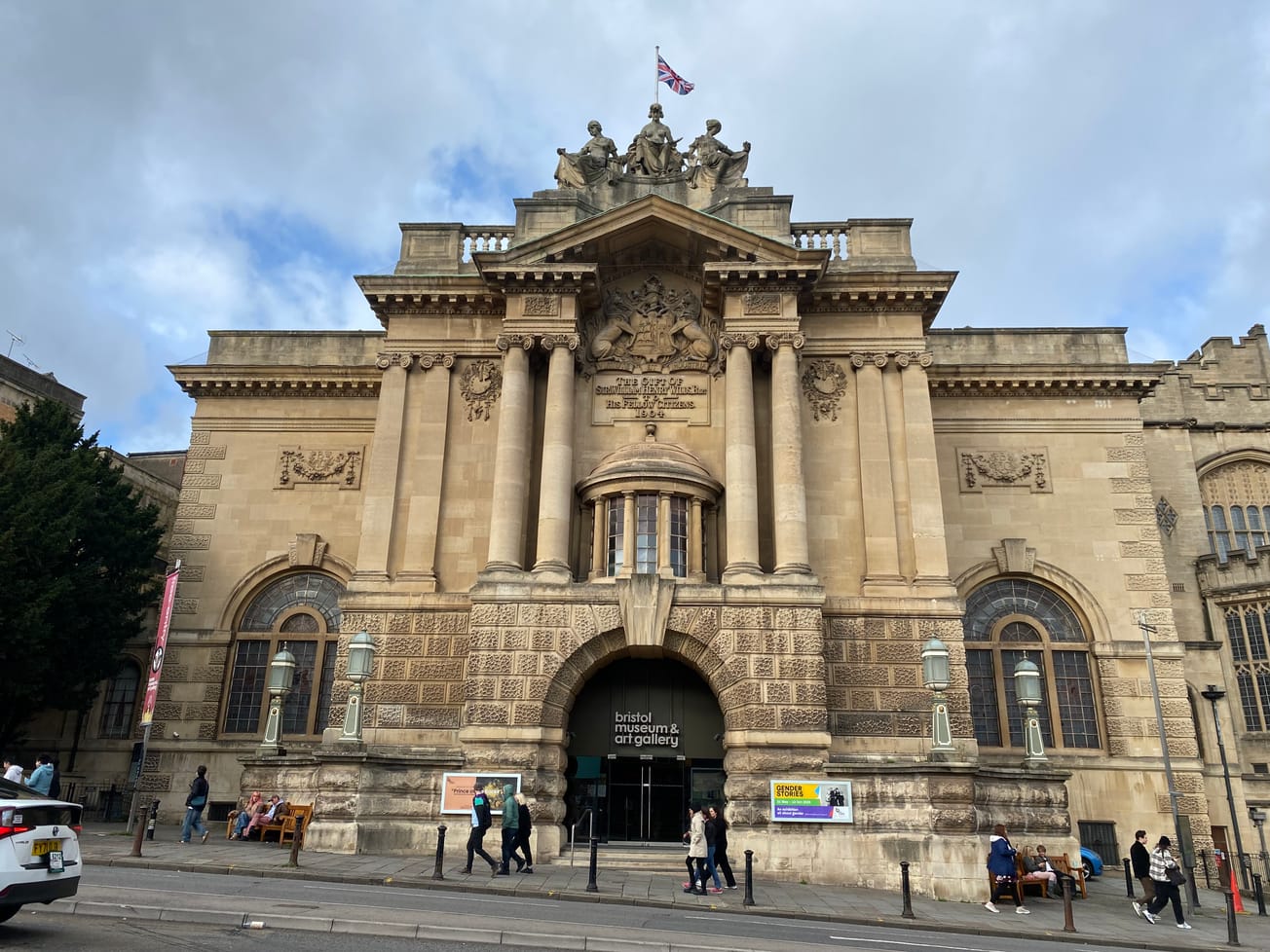By Bibiana Lebersorger, News Reporter
After the statue of Edward Colston was pulled down and thrown into Bristol’s harbour in 2020, a report has found that public opinion is in favour of displaying the statue in the city’s museum.
In Spring of last year, We Are Bristol History Commission issued a survey to the public to determine the statue’s future. The survey aimed to find out 3 things: if the public wanted to see the statue in the museum; what should happen to the plinth that remains; how to understand and process the history behind the statue.
Out of nearly 14,000 people surveyed, 74% said that they wanted the statue displayed in a museum. Only 1 in 6 wanted to see the statue exhibited vertically, with the rest wanting to see it lying down on its side, with the graffiti preserved, as was displayed in the M Shed museum until early January.
The statue of Edward Colston will go on display from Friday 4 June to start a city-wide conversation about its future.
— M Shed (@mshedbristol) May 28, 2021
Entry is free and included with your general museum entry ticket. Please book in advance. https://t.co/mqVyXRBbwT
Of the 16 per cent who advised against displaying the statue, half wanted it returned to the plinth, with the remaining half either wanting it destroyed or did not have a strong opinion on the matter.
Over half of the responses supported the idea of adding a plaque to where the plinth still stands in order to reflect the events of 7 June 2020. The notion of using the plinth for temporary artworks or sculptures was supported by just under half of those surveyed. This was more preferable than using the plinth for a permanent artwork installation or removing it all together.

When asked how they felt about the statue being toppled, 56 per cent of respondents said they had a positive feeling about the act and 36% had a negative feeling about it. 5 out of 8 Bristol residents had positive feelings about the removal.
The survey was sent out to both Bristol and non-Bristol residents. The commission group tried to capture a cross-section of the city, taking into account all ages, genders, ethnicities, and socioeconomic statuses.
Having taken into account all respondents, the commission group has put together a report that includes 6 recommendations for the future of the statue. Bristol Mayor Marvin Rees will consider the report findings, with any final decisions needing to be approved at the Cabinet meeting in April.
Tangible recommendations for what happens next to the #Colston Statue were published today by the #WeAreBristol History Commission, taking into account the responses of almost 14,000 people
— Marvin Rees (@MarvinJRees) February 3, 2022
You can read the report in full here: https://t.co/hPQUU0evJr (1/4)
The recommendations can be found in full on the Bristol City Council Website. In brief, the report recommends that the Colston statue enters the permanent collection of the Bristol City Museums' service.
It also recommends that the statue should be presented in its current state, paying attention to ‘presenting the history in a nuanced, contextualized’ way, which involves including information on the legacy of transatlantic slavery.
Finally, it recommends that a plaque should be added to the plinth in order to record the history of the statue’s erection and recent removal. Temporary artworks should be considered, but also there should be periods of intentional emptiness in order to open up a dialogue with the public and the city’s colonial past.
Professor Shawn Sobers, a member of the We Are Bristol History Commission, believes that the ‘survey shows that the past matters to people and is relevant in their lives. Honest engagement with the city’s past is something that people want to see happen, whatever their views on the statue’.
Featured image: Epigram
An online version of the display is still available here.
Do you agree with the public majority who want to see the Colston statue displayed in the Bristol museum?









